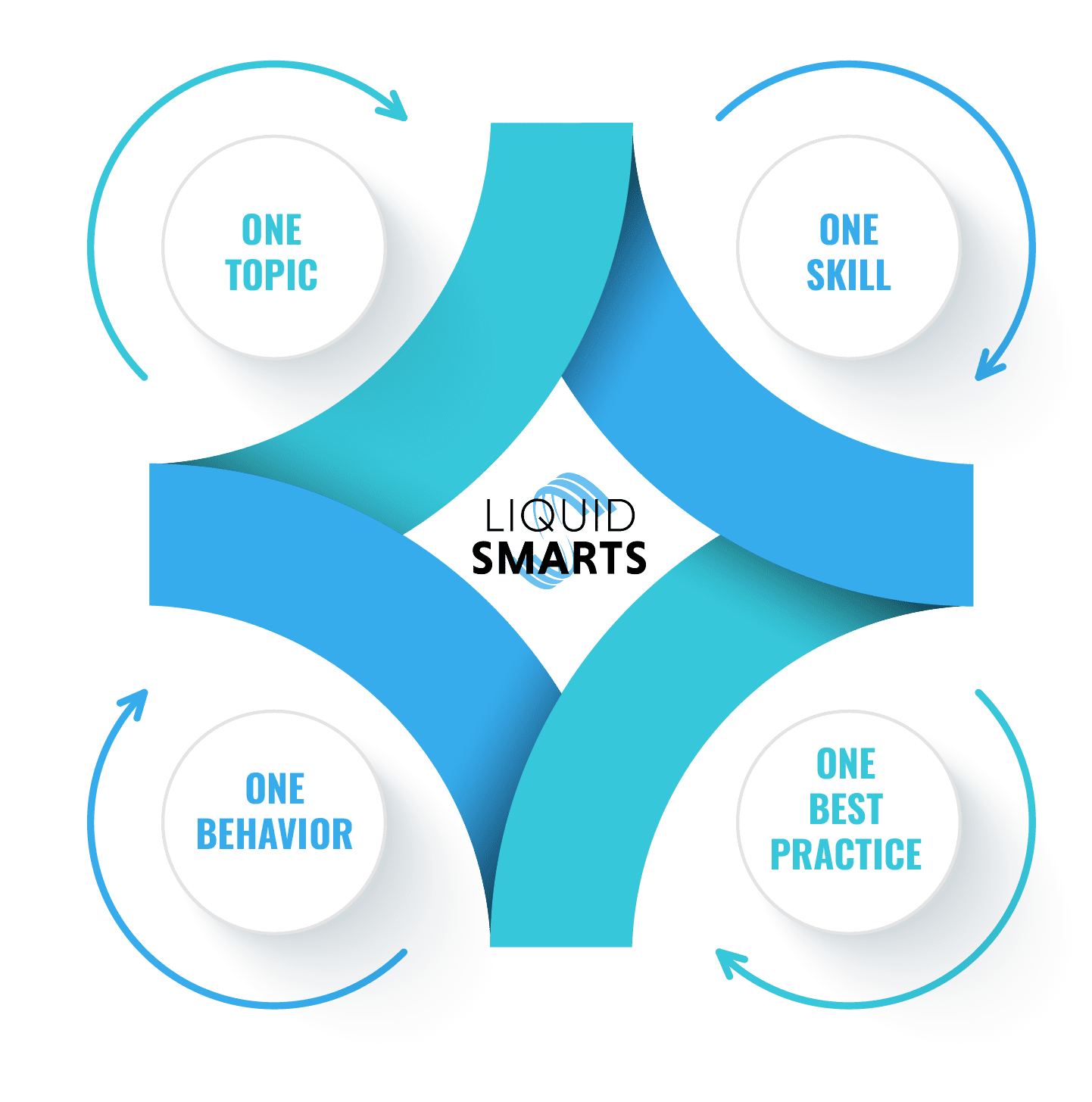The chasm between these two parties can lead to miscommunication and misunderstandings and, ultimately, hinder the overall progress and success of the business. As managers, leaders, and founders, we are responsible for bridging this gap and fostering effective communication channels, allowing a seamless flow of information and collaboration.
Let’s explore the importance of bridging the communication gap between suppliers and providers and provide practical strategies and tips to enhance communication in this crucial business relationship. Additionally, we can create a more efficient and productive partnership between suppliers and providers.
1. Understand Cultural Differences
One of the biggest challenges of communicating with suppliers from different countries is understanding cultural differences. Cultural norms and values can affect communication styles, decision-making processes, and business practices. For example, in some cultures, direct communication may be considered rude, while in others, it may be the norm.
Therefore, doing your homework and learning about your supplier’s cultural background is essential. This can involve researching or asking about their communication preferences, business practices, and etiquette. You can foster a more collaborative and productive relationship by demonstrating cultural awareness and adapting your communication style to your supplier’s preferences.
2. Establish a Communication Protocol
Clear communication is critical to effective supplier-provider relationships. However, communication breakdowns can occur when no clear communication exists in place. This can lead to missed deadlines, defects in products or services, and even disputes.
To avoid this, establish a communication protocol that outlines how you and your supplier will communicate. This can include the frequency and mode of communication, the scope of work, and the expected response time. By establishing a clear and mutual understanding of communication expectations, you can reduce the risk of misunderstandings and improve the chances of successful project outcomes.
3. Use Technology to Your Advantage
Technology can be an effective tool to bridge the communication gap between suppliers and providers. It can enhance communication and collaboration, reduce turnaround times, and improve project visibility. For example, project management software can help track project deadlines, milestones, and progress. Video conferencing can enable real-time communication, reducing delays and misunderstandings.
However, it’s essential to ensure you and your supplier have access to the necessary technology and resources. This may involve investing in communication tools or training your supplier to use them effectively. By leveraging technology to augment your communication efforts, you can overcome geographical and logistical barriers to communication.
4. Foster a Positive Relationship
Effective communication is not just about conveying information; it’s also about building a positive relationship with your supplier. By fostering a relationship based on trust, respect, and open communication, you can improve collaboration, generate new ideas and opportunities, and promote a long-term partnership.
Invest time and effort in getting to know your supplier personally to build a positive relationship with them. This can involve socializing outside work, showing appreciation for their work, and celebrating successes. Demonstrating that you value and respect your supplier can create a business partnership built on mutual trust and loyalty.
Master Stakeholder Communication to Enhance Business Success
Bridging the communication chasm between suppliers and providers is crucial to any business’s success. Companies can effectively collaborate and improve overall productivity and efficiency by understanding cultural differences, establishing a communication protocol, utilizing technology, and fostering positive relationships.
It is essential to master stakeholder communication and ensure all parties are on the same page to avoid potential misunderstandings or conflicts. As businesses become more globalized, it is vital to adapt to these changing dynamics and continuously work towards effective communication.
So, take action today and implement these strategies to bridge the gap between your suppliers and providers. Your business will thank you for it. Effective communication leads to lasting partnerships, increased revenue, and overall growth.

